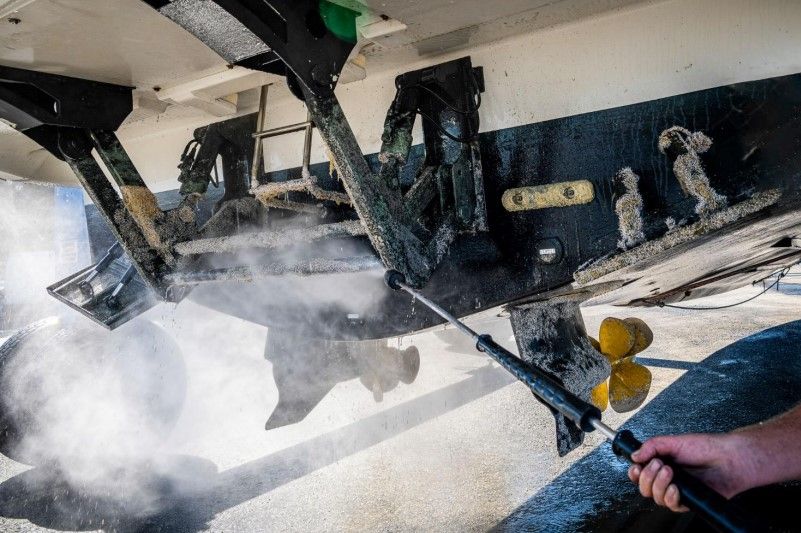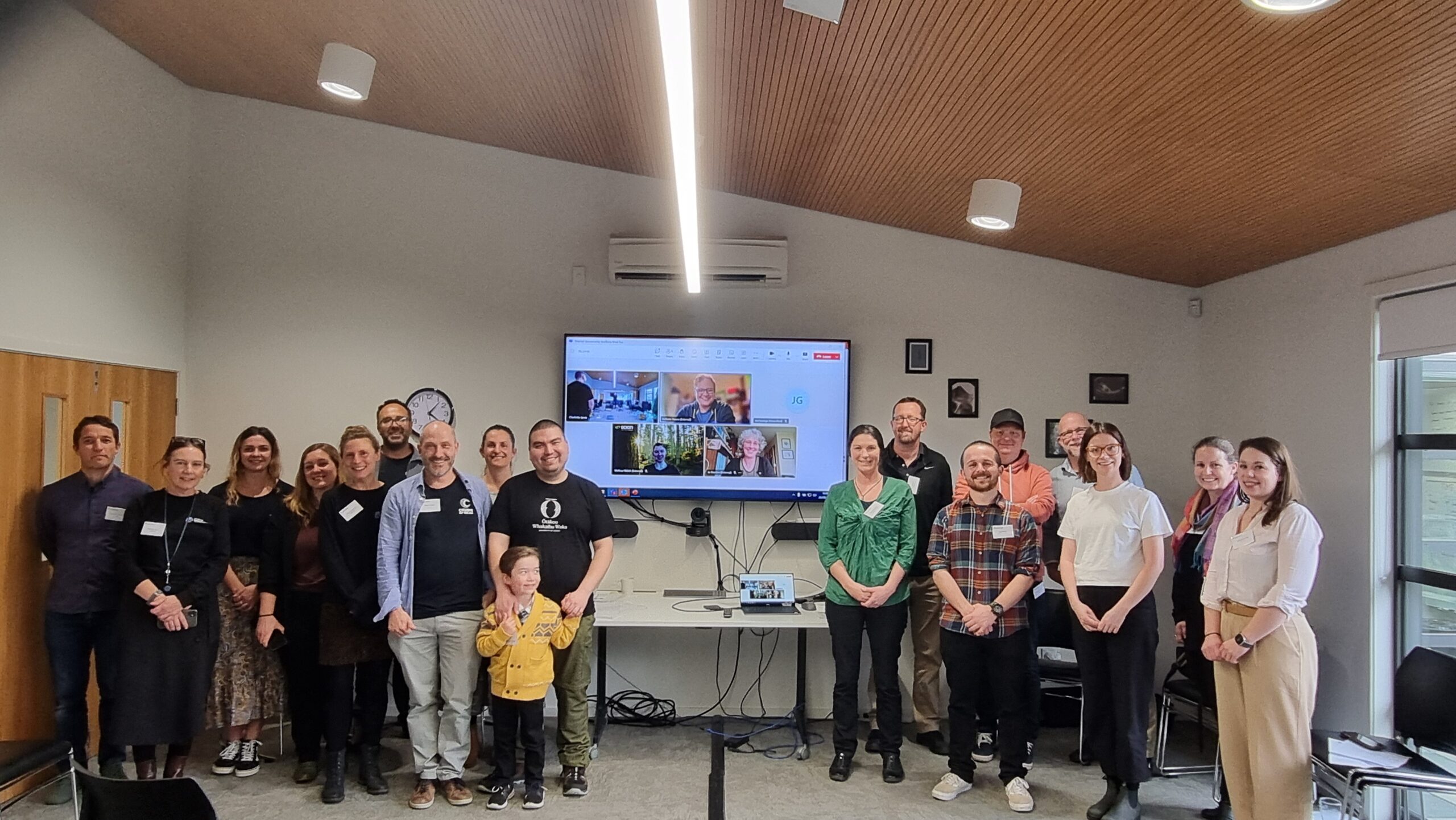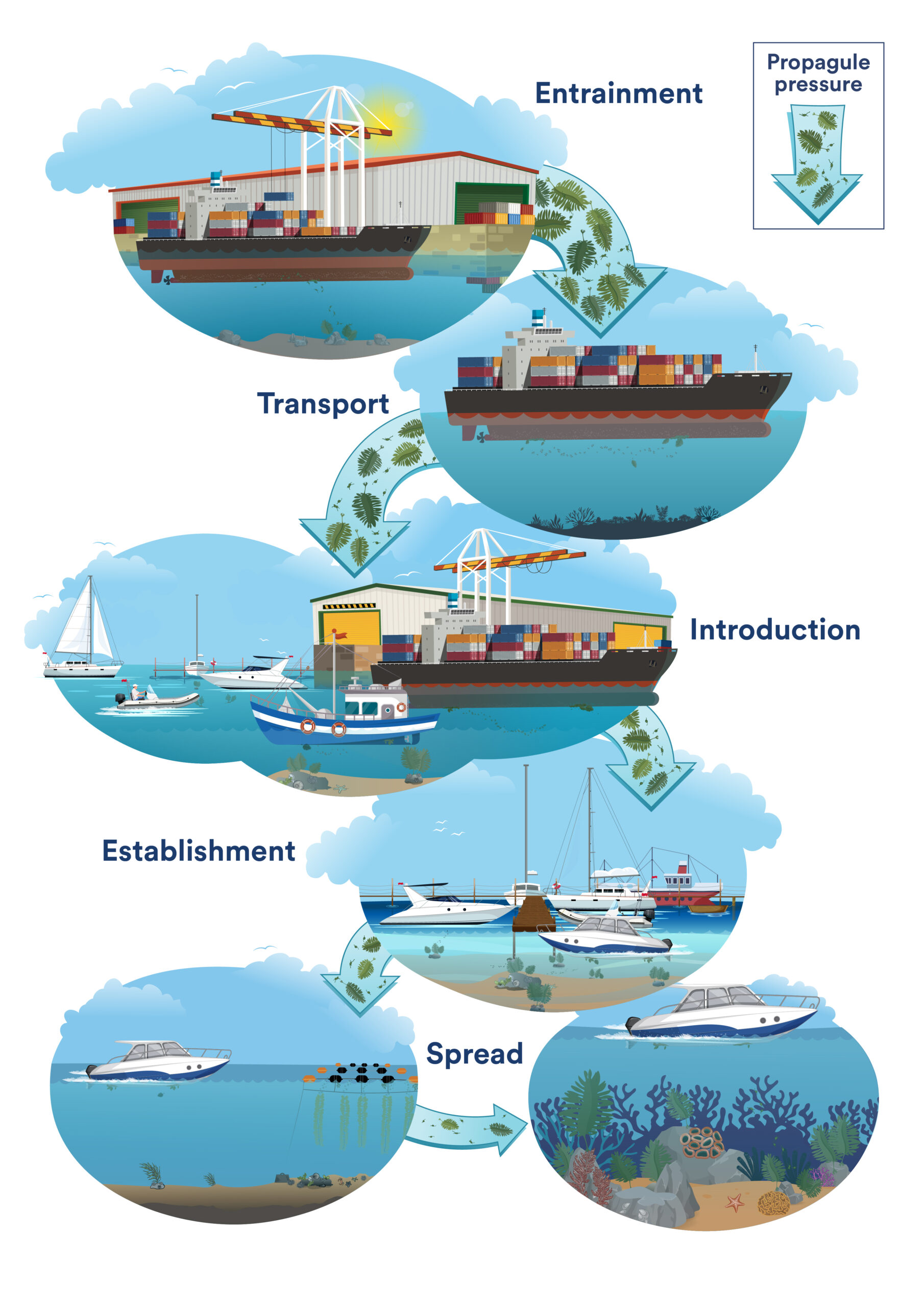Last year over 700 boat owners who have non-trailered boats moored in marinas around Aotearoa…
A framework for quantifying of marine biosecurity risk factors associated with common vessel types
Globally, movements of commercial vessels can facilitate the spread of marine non-indigenous species (NIS) beyond their current biogeographic ranges. Different vessel types have different structural and operational characteristics that affect their overall level of marine biosecurity risk. In the recent publication led by the PhD student Mimi Tzeng (The University of Auckland and Cawthron Institute), we synthesized available empirical data on a wide range of vessel types and characteristics to develop a framework that allows systematic quantification of the relative risk of NIS transfer by common commercial vessel types. To demonstrate a potential application of our framework, we applied the risk scores to vessel visit data for commercial ports around New Zealand and assigned a relative risk level per port based on the arrival frequencies of different vessel types.
The framework published in this peer-reviewed paper is based on globally relevant data, is simple to implement, and is adaptable as new empirical information arises. It can serve as a simple tool to determine the relative levels of vessel-related biosecurity risk associated with geographic shipping hubs, or it can be used as a vessel-specific “risk mask” for maritime transport models. It can be applied to many scientific or policy questions that resource management agencies and other end-users might need to address for managing marine biosecurity risk.




Comments (0)